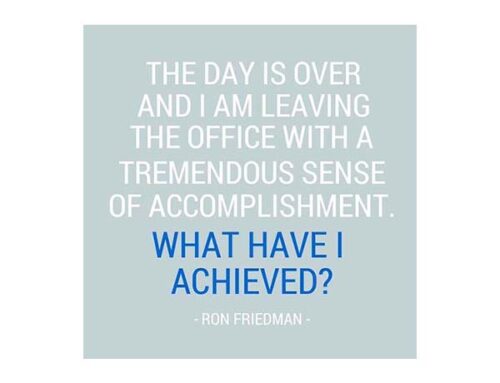Testimonials are Super Important!

That said, not all testimonials are created equal. Consider this testimony: “I love XYZ product and can’t get enough of it! Will definitely be buying more!” That sounds like a solid testimonial, right? But here’s the thing: this testimonial doesn’t offer any real details about the product or outcome. Great testimonials don’t just offer glowing reviews. They also convey key details to understand the value and benefits of a product.
Here’s how to use customer testimonials and go from average to amazing:
- Substantiate claims. Powerful testimonials provide clear evidence why a product (or service) is an outstanding choice, rather than just relying on a list of superlative adjectives. Case in point: one non-surgical hair loss treatment, in addition to showing a number of before and after photos, also features client testimonials with specific details about their product, including the amount of time they used it, their experience (e.g., no side effects), and comparisons to other products on the market. For example, one testimonial is as follows: “For two years I used the number one product that doctors recommend for hair loss, and it leveled off my hair loss, and I was experiencing unwanted side effects. Then I started using [the product]; it had no side effects and within two months I’ve gotten my hair back.” This testimonial is compelling because it compares the product to another leading brand, includes details about the user’s experience (no unwanted side effects), and a clear result (hair returns in two months). The more specific details, the better!
- Be credible. Unfortunately, fake testimonials and reviews are commonplace everywhere from Yelp to small business websites. Pictures and social proof (names, businesses, location, social handles, and website links) are all critical elements for establishing a testimonial’s credibility.
- Ask for structured feedback, turn it into a testimony. The best testimonials are structured in the BDA story format (“before, during, after”). But getting customers to leave organic feedback in this format can be tough. Instead, ask customers specific questions to get the feedback you need. I like to ask the following four questions:
- What were your biggest hesitations or concerns before making the purchase/service?
- Why did you ultimately decide to make the purchase/service?
- What was your experience like using this product/service?
- What are the results of your purchase/service? How is business/life different?
Bottom Line
Use customer testimonials as your “ace in the hole” for closing a sales deal, but only if they’re structured correctly to overcome buyer skepticism and build trust. Turn your best customers into brand advocates and watch your sales soar!
Thanks Brian Hughes for your Wisdom




